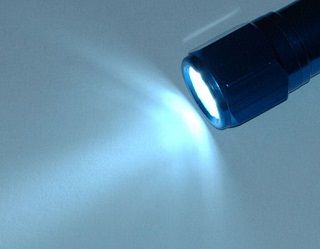From Guest Blogger Izzie: Being as Lighting Efficient as Possible

So today, we’re going to be breaking down one of the biggest energy crisis, our need for electrical lighting, in hopes of combating these two problems. Know from the outset that this won’t be an easy process, but it isn’t difficult either – it just requires some commitment.
Maximise natural light
Depending on where you live in the world, you’ll either enjoy a little, or a lot, of natural light. Regardless of if you only get one or two hours, or almost entire days worth of sunshine, using it wisely will have a dramatic impact on your energy bills.
Windows are the key to this activity. A room with only one, small window will have a lot of problems using natural light. So expand it, and put in more windows in any room of the house that is lacking behind. Compliment these windows with mirrors, which further help to bring the sunshine indoors. This way, you’ll be cutting down the window in which electrical lighting is necessary.
Change the bulbs
The easiest and most obvious change to make, getting energy efficient lightbulbs makes a world of difference. They aren’t an instant money saver, but over their lifetimes, they will recoup their higher price tag with the amount of energy saved. And don’t think of them as inferior anymore – energy efficient lightbulbs have come a long way from the early “take ages to turn on” stereotypes.
Turn off unused lights
Sounds simple, but you’d be amazed how often even energy conscious people can accidentally leave lights on. This will often occur when people leave a room intending to come straight back, but become side tracked and forget to go back for a while. The way to combat this is to get into the habit of always turning off lights when you leave a room, even if you intend to come back to it a short time later.
To that end, also be sure to turn off any unnecessary lights in the room you are currently using. Turning on all of the lights in the living room may come as second nature, but do you really need the rear lights on if you are at the front of the room watching TV?
TVs and fireplaces
Speaking of TVs, if you’re watching one it will be emanating light already. Is it therefore necessary to have the room lights on too? The same goes for the fireplace – it will provide more than enough glow to suffice most of the time.
Put these tips into action, and before long, you’ll find those energy bills start to turn. Eventually these new changes will become old habits, and you can rest assured that, lighting wise at least, you are doing all you reasonably can to reduce your electrical footprint.

Often there is a trade off between natural lighting and thermal efficiency. Rooms with large windows receiving lots of natural light can easily become too hot in the summer, or too cold in the winter. This is something which needs to be considered when designing a room with lots of window.
Sun tubes can be a good option in this situation – with mirrored tubes bringing in light through a diffuser in the ceiling. Often these tubes are specified with ventilation, and as hot air rises, this offsets any unwanted solar gains.
Regarding more efficient lighting, I would go for LED every time rather than for fluorescent as the efficiency is 2 to 3 times better, and there is no mercury to leak out if a light gets broken. What’s more, the design life is far longer.